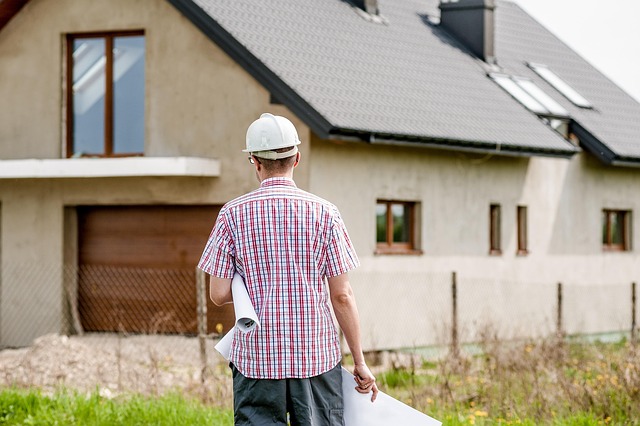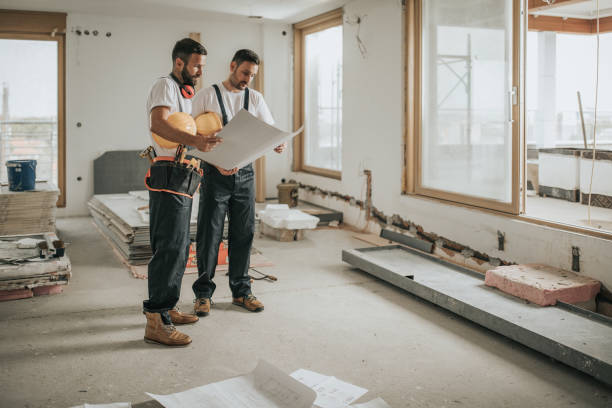Unveiling the Charm of the Modern Rustic Aesthetic: A Journey Through Time and Trend
Introduction: The appeal of a rustic aesthetic is timeless, yet its current representation in home and garden design has undergone significant transformation. This article explores the evolution of the modern rustic design aesthetic, the reasons behind its popularity, and how it can enhance daily living.

A Walk Down Memory Lane: The Origin of Rustic Aesthetic
The rustic aesthetic is steeped in history, often associated with log cabins, vintage farmhouses, and country cottages. Originating from rural American and European homes, the style is characterized by its use of natural materials, simplicity, and a rugged yet warm appeal. Over time, this aesthetic has been reimagined to align with contemporary tastes, and thus, modern rustic was born.
Modern Rustic: A Blend of Old and New
Today’s rustic aesthetic marries the charm of traditional elements with modern design principles. It embraces the textural beauty and authenticity of natural materials such as wood, stone, and metal, yet incorporates clean lines, neutral color palettes, and minimalist accents for a more updated look. The result is a space that feels both cozy and stylish, bridging the gap between the past and the present.
Practicality and Market Trends
The modern rustic aesthetic is more than just a design trend—it’s a lifestyle choice. Its emphasis on using natural, sustainable materials aligns with today’s growing consciousness about environmental sustainability. Additionally, its blend of old and new appeals to a broad demographic, from millennials seeking a unique, Instagram-worthy space, to baby boomers longing for a touch of nostalgia.
Enhancing Daily Living Through Modern Rustic Design
Beyond aesthetic appeal, the modern rustic design ethos contributes significantly to daily living. Its use of natural elements can create a calming, grounded atmosphere, promoting mental wellbeing. Moreover, the aesthetic’s inherent simplicity encourages a clutter-free environment, fostering organization and efficiency.
Expert Insights and Styling Techniques
Experts suggest starting with a neutral base when implementing a modern rustic design, choosing warm, earthy tones for walls and large furniture pieces. Add interest and texture through natural elements such as exposed wooden beams, stone fireplaces, or woven rugs. Modern accents can come in the form of sleek lighting fixtures, metal furniture, or abstract art pieces. Remember, balance is key in achieving the perfect modern rustic look—too much of either element can tip the scale, disrupting the harmonious blend that defines this aesthetic.
In summary, while the rustic aesthetic has its roots in history, its modern interpretation offers a fresh approach to home and garden design. Its fusion of traditional charm and contemporary sophistication has made it a standout trend, not only for its visual appeal but also for its practicality and alignment with sustainable living principles. As we continue to navigate our fast-paced, digital-driven world, the modern rustic aesthetic serves as a comforting reminder of our connection to the natural world, offering a sanctuary of simplicity and warmth amidst the chaos.




